Royal Artillery
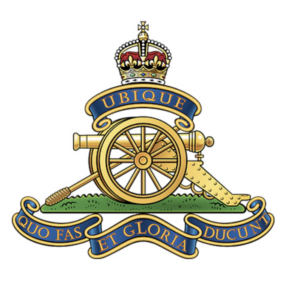
The Royal Regiment of Artillery, generally known as the Royal Artillery (RA) or the Gunners, provides firepower, surveillance and target acquisition for the British Army. Formed in 1716, it has been involved in almost every battle and operation the Army has fought over the last 300 years.
One of the initial and most important uses of First World War Royal Flying Corps aircraft, was as Air Observation Posts (AOPs) observing artillery fire behind the enemy front line onto targets that could not be seen by ground observers. Development of procedures were the responsibility of No 3 Squadron and the Royal Artillery in 1912–13. While the fall of shot of artillery fire was relatively easy for the pilot to observe, communicating corrections to the battery was much more challenging. During the conflict, communications steadily improved as wireless equipment was fitted to the aircraft.
The first of the dedicated AOP units was established by Major Charles Bazeley of the Royal Artillery. Working as D Flight of an RAF unit and equipped with Auster fixed-wing aircraft, it deployed to France in February 1940 to develop their role on the French artillery ranges.
By 1942, AOP squadrons 651, 652, and 653 were in existence and equipped with the Auster. Although these AOP squadrons were formally part of the RAF at the time, they were largely flown by Royal Artillery pilots, with a core staff of RAF personnel and supporting staff provided by the Army. In 1957, the surviving squadrons were transferred to the Army Air Corps (AAC).
Today, the Royal Artillery operates uncrewed aircraft and drones in surveillance, intelligence, target acquisition and reconnaissance missions. 32 Regiment RA operates Desert Hawk III drones and 42 Regiment RA operates Watchkeeper UAVs.
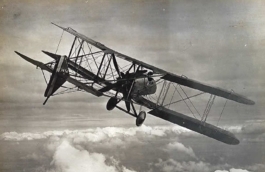
WW1
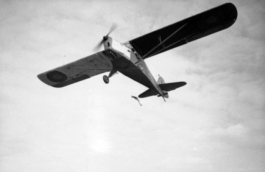
WW2
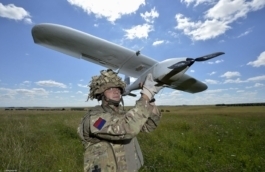
Desert Hawk III
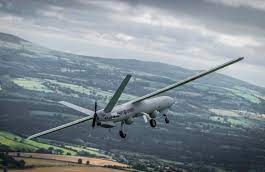
Watchkeeper
